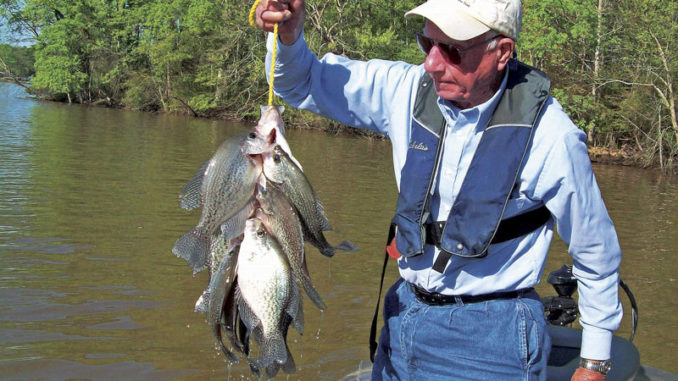
3 strategies for spawning crappie


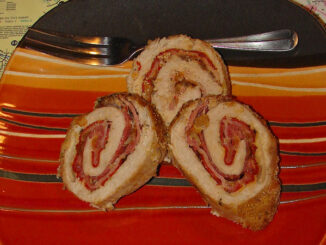
This Italian turkey roll recipe is made up of a unique combination of meats that produces great flavor. […]
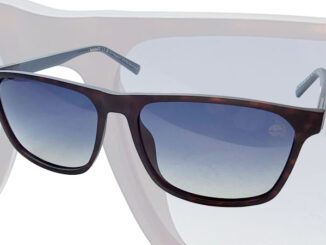
These Timberland shades keep your eyes protected in style, and provide unmatched vision. […]
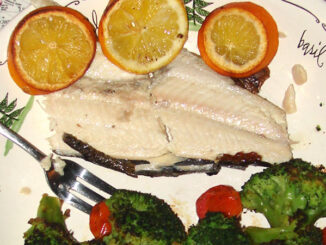
This lemon pesto trout recipe is almost as easy to make as it is delicious. […]
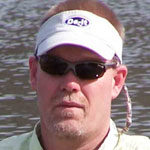
Copyright 1999 - 2024 Carolina Sportsman, Inc. All rights reserved.
Be the first to comment